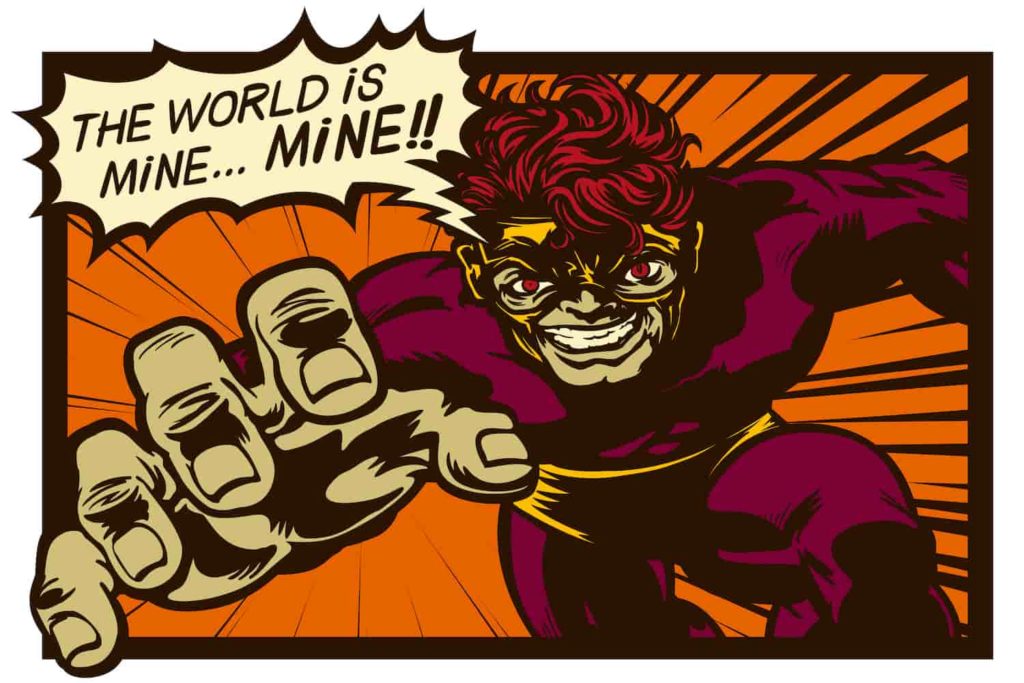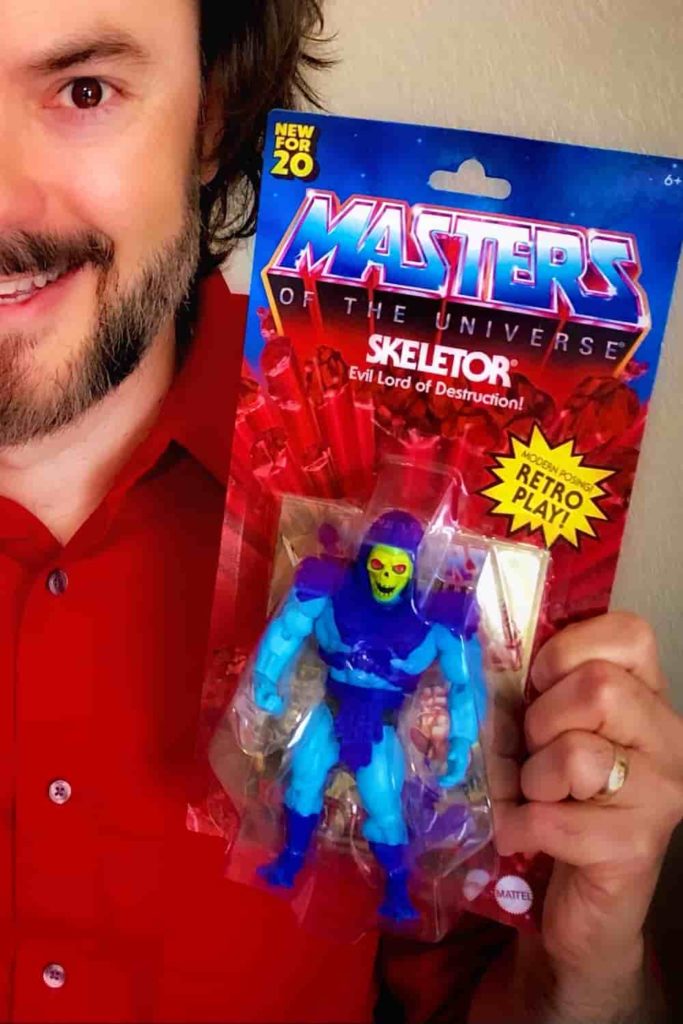
Your Creative Nemesis
Skeletor was the evil foe of my favorite childhood action figure, He-Man. Both the villain and the hero were resourceful and smart, and despite He-Man’s strength, Skeletor was always throwing a wrench into the hero’s plans. While the obstructive forces in fantasy worlds are often external to the protagonist, I’ve found that my real-life stumbling blocks are often internal in nature. In terms of creativity, I would argue that we all battle at least one nemesis on our inner hero’s journey. Recognizing that nemesis and playfully addressing its despicable tendencies is one way to achieve greater creative potential.
The Dastardly Tradition
The idea of personifying an inner antagonist has a long tradition. In melodrama, one such stock figure is the “evil twin,” a character that represents the worst aspects of a hero or other positive character. In novelistic fiction, the most famous foe of this type is Mr. Hyde from Robert Louis Stevenson’s 1886 novel, The Strange Case of Dr. Jekyll and Mr. Hyde.

The concept of the inner nemesis also appears in self-help literature. One contemporary manifestation is in Shirzad Chamine’s book Positive Intelligence with its accompanying website and programs. In Chamine’s formulation, the nine different types of inner villains are termed “saboteurs,” which gives the framework the feeling of a wartime espionage thriller.
Clearly, we are treading a well-worn path by creating a persona for and giving a name to our inner nemesis. Thinking about the concept in terms of creativity can be useful in that we can then find ways to overcome the evil foe, and in the process, even have a little fun.
My Evil-Doer Tool Kit
I spent a lot of my childhood creating adventures with action figures. Since they were the focus of much of my imaginative play, it is no surprise that I would now plumb that world for inspiration in personifying my creative nemesis.

In the world of He-Man and the Masters of the Universe, the names of the evil characters were often composed of terms associated with their villainous qualities with the addition of the suffix “-or.” One of the most ridiculous examples was a skunk-like villain whose evil power was to have a bad odor; his name was Stinkor. To amuse myself in coming up with my own personal creative nemesis, I decided to design it on the Masters of the Universe model.
Personifying My Nemesis
One of my personal obstacles in the realm of creativity is the tendency to make things overly complex. If one can easily do something in a day using a three-step process, for example, my tendency is to spread it out over a week… in nine steps… each with four phases. Making things overly complicated is certainly an issue for me, so for this exercise, I decided to name my creativity supervillain “Complexor.”
The Complexor action figure would require a lot of assembly; the instruction manual alone would be a small book. The armor of the wretched Complexor would have the symbol of a knot in the middle of his chest to symbolize his tangled ways. His weapon would be a complicator ray whose laser beam would immediately tie a knot in the stomach of his victims and grip them with a sensation of overwhelm.
The Antidote
Luckily He-Man and his friends are always able to overcome Skeletor and his horde of supervillains. In the scenario of my creative nemesis, I imagine that Man-At-Arms (He-Man’s technologically minded sidekick) would develop a “simplifier shield” that would block the effects of Complexor’s despicable complicator ray.
Likewise, when I’m undertaking my next creative project and Complexor pounces, I plan on using the simplifier shield by breaking the project down into fewer steps and eliminating the ones that are not essential to the goals of the project.

Who are your creative nemeses? Are they based on a beloved childhood toy line or animated series, or do they come from a favorite novel or film of adulthood?
Coming up with a persona for your nemesis is a fun way of becoming aware of your creative hang-ups and beginning to address them. The hope is that you will defeat your creative foe so that that in the end, as they are carted away, they say to you, “and I would have gotten away with it, too, if it weren’t for you and your meddling creativity.”